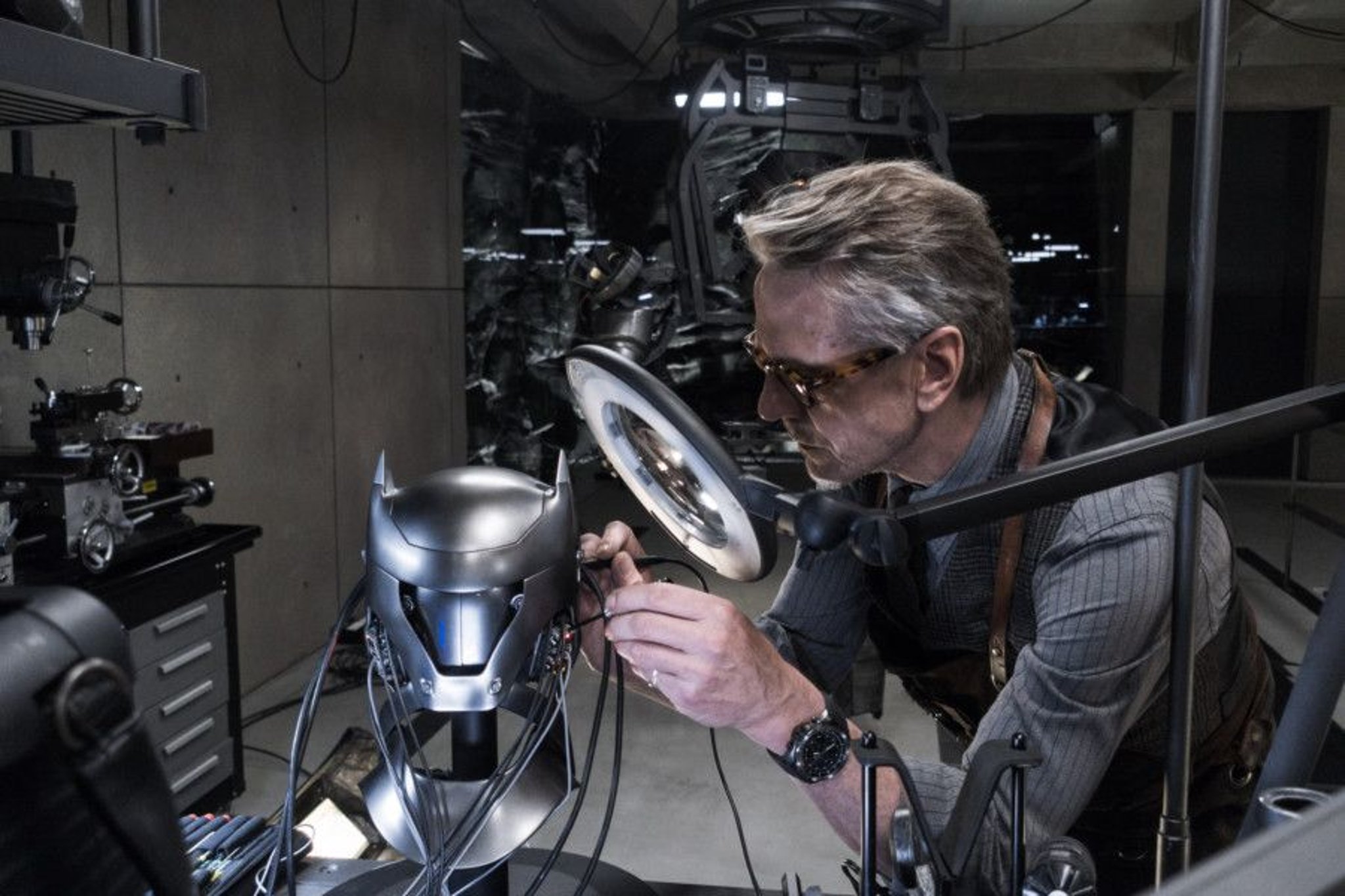Horror movies are changing, and Hollywood is buzzing with excitement. Gone are the days of just jump scares and creepy music. This new wave, known as “elevated horror,” offers a fresh and artful touch to the genre.
This intriguing intersection of art and horror offers a rich vein of inspiration for fans and students navigating filmmaking. It encourages exploring complex themes through an inventive lens. For more in-depth insights, students can contact cinematography experts who write essays for money and, of course, use our article. Cool and artsy, let’s see how elevated horror is taking over Hollywood and what makes it so special.
Source: https://unsplash.com/photos/person-behind-fog-glass-ZC0EbdLC8G0
The Rise of Elevated Horror in Hollywood
Elevated horror, as the name suggests, lifts the genre to new heights, melding traditional scare tactics with deep psychological themes and artistic flair. Unlike the straightforward aim of conventional horror—to scare—elevated horror seeks to unsettle and provoke thought. This genre incorporates complex characters, layered narratives, and an emphasis on mood and atmosphere over cheap thrills.
Characteristics of Elevated Horror:
- Psychological Depth: Explores the complexities of the human psyche.
- Artistic Style: Emphasizes visual storytelling and atmosphere.
- Thematic Richness: Engages with societal, philosophical, and existential themes.
- Ambiguity: Often leaves certain plot elements open to interpretation.
- Character Development: Focuses on the growth or deterioration of characters in response to horror.
Examples of Elevated Horror Films and Influential Directors
Hollywood has seen a notable influx of elevated horror films. For example, Get Out blends social commentary with horror to explore racism in America, making audiences rethink societal norms. Its director, Jordan Peele, has become a defining figure in elevated horror, with his films often sparking discussions about race, identity, and society.
Hereditary, directed by Ari Aster, delves into the complexities of grief and mental illness, wrapped in the trappings of a supernatural horror film. Aster’s work, characterized by its exploration of familial trauma, showcases the genre’s potential to tackle profound emotional and psychological themes.
Robert Eggers, with his meticulous attention to historical detail and atmosphere, immerses viewers in a palpable sense of dread in his movie The Witch. He explores the disintegration of a family in 17th-century New England, with its horror stemming from paranoia and religious fanaticism.
Final Thoughts
Elevated horror has undeniably transformed the landscape of cinematic terror, weaving psychological depth and artistic nuance into the fabric of fear. The best paper writing services will help you analyze how this genre challenges traditional horror tropes and engages complex themes. As elevated horror continues to captivate its viewers, it invites audiences to explore the darker corners of the human psyche in ways that resonate long after the screen goes dark.
Author Profile
Freelance Writer Nicole Hardy is renowned for her insightful and meticulous journalism in education and the arts, particularly noted for her coverage of performing arts education. With a career spanning over a decade, Hardy has established herself as a respected authority in the field. Her work is characterized by deep analysis and an engaging narrative style. She holds a Master’s in Journalism from the University of Arts, specializing in arts and culture reporting.

 FOR FANBOYS, BY FANBOYS
Have you checked out LRM Online’s official podcasts and videos on The Genreverse Podcast Network? Available on YouTube and all your favorite podcast apps, This multimedia empire includes The Daily CoG, Breaking Geek Radio: The Podcast, GeekScholars Movie News, Anime-Versal Review Podcast, and our Star Wars dedicated podcast The Cantina. Check it out by listening on all your favorite podcast apps, or watching on YouTube!
Subscribe on: Apple Podcasts | Spotify | SoundCloud | Stitcher | Google Play
FOR FANBOYS, BY FANBOYS
Have you checked out LRM Online’s official podcasts and videos on The Genreverse Podcast Network? Available on YouTube and all your favorite podcast apps, This multimedia empire includes The Daily CoG, Breaking Geek Radio: The Podcast, GeekScholars Movie News, Anime-Versal Review Podcast, and our Star Wars dedicated podcast The Cantina. Check it out by listening on all your favorite podcast apps, or watching on YouTube!
Subscribe on: Apple Podcasts | Spotify | SoundCloud | Stitcher | Google Play




